We put the Motorola Edge 30 Pro through our rigorous DXOMARK Audio test suite to measure its performance both at recording sound using its built-in microphones, and at playing audio back through its speakers.
In this review, we will break down how it fared in a variety of tests and several common use cases.
Overview
Key audio specifications include:
- Stereo speakers: Top front, bottom side
- Type-C port
- Dolby Atmos; Qualcomm Snapdragon Sound
Scoring
Sub-scores and attributes included in the calculations of the global score.
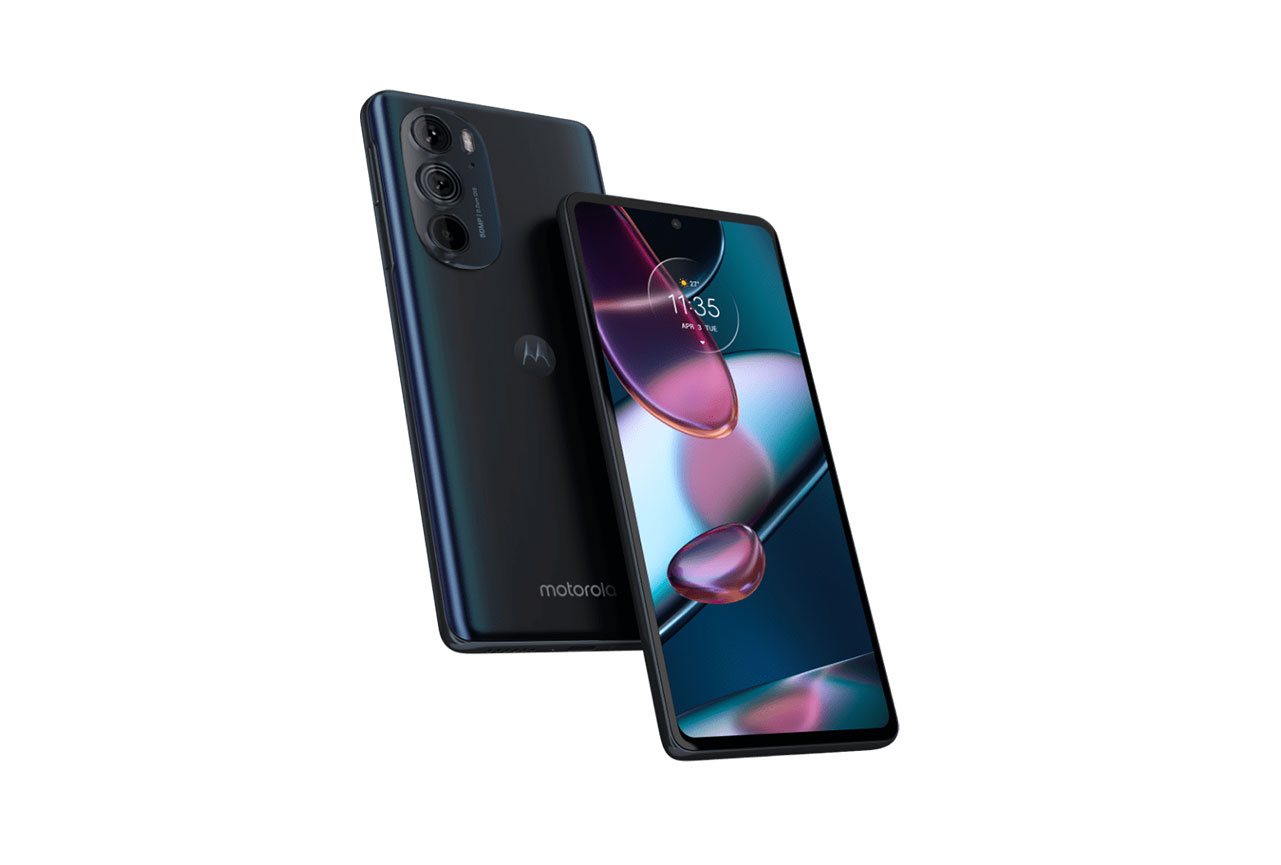
Motorola Edge 30 Pro


 137th
137th 39th
39thPlayback
Cons
- Aggressive tonal balance at maximum volume
- Significant lack of low-end and high-end extension in tonal balance
Recording
Pros
- Satisfying recording loudness
Cons
- Limited tonal balance that is focused on high mid-range.
- Poorly tuned noise reduction
Motorola’s latest version of its flagship Edge line, the 30 Pro, boasts what in 2022 constitute the standard specs for top-of-the-line smartphones. The Snapdragon 8 Gen 1 chipset, 6.7″ HDR10+ display, and a 4800mAh fast-charging battery. This Motorola device even comes with a display that has a beyond-standard refresh rate: 144Hz. In terms of audio, its two speakers have Dolby Atmos tuning and Qualcomm Snapdragon Sound. It earned a global score of 66 in our audio testing, which aligns it with the score of the Motorola Edge+, the brand’s 2020 flagship. That puts it in average- to below-average territory for premium smartphones in our database. The 30 Pro’s score would have been better if it had not been dragged down by its poor performance as a recording device. Its noise-reduction is not well-engineered and the tonal balance of its recordings is generally off kilter. As a playback device, it faired much better, especially when listening to content at soft or nominal volumes. Let’s take a closer listen.
Test summary
About DXOMARK Audio tests: For scoring and analysis in our smartphone audio reviews, DXOMARK engineers perform a variety of objective tests and undertake more than 20 hours of perceptual evaluation under controlled lab conditions.
(For more details about our Playback protocol, click here; for more details about our Recording protocol, click here.)
The following section gathers key elements of our exhaustive tests and analyses performed in DXOMARK laboratories. Detailed performance evaluations under the form of reports are available upon request. Do not hesitate to contact us.
Playback
Motorola Edge 30 Pro
163
DXOMARK engineers test playback through the smartphone speakers, whose performance is evaluated in our labs and in real-life conditions, using default apps and settings.
As a playback device, the Motorola Edge 30 Pro earned a 70, matching scores with such smartphones as the Samsung Galaxy S21 (Exynos and Snapdragon versions) and the OnePlus 9 Pro. A respectable score in good company. In the timbre attribute, the tonal balance is correct in general, with an orientation toward the midrange that doesn’t sound canny at nominal volume. Treble is sufficient, although more high-end would help produce a more brilliant sound. Midrange is clean and fairly pleasant to the ear, especially in landscape orientation. Held in portrait, the device produces a slightly hollow sound. Compared with the Edge 20 Pro, the bass is improved, but more bass and low end is needed. At soft volumes, balance is quite good, except when playing games, when the timbre becomes muffled and lacks clarity. At high volume, tonal balance becomes aggressive because of the unpleasant, prominent high midrange. Dynamics was a bright spot for the Edge 30 Pro. Attack is quite precise and sharp at all volumes. Bass precision is correct despite the lack of low end. The envelope is realistic. Punch is adequate until you get to maximum volume, where it is crushed by the prominent high midrange. Unlike its predecessor the Edge 20 Pro, the 30 Pro is a stereo device, giving it the chance to function well in the spatial attribute. Localizability is correct but not as good as such Motorola phones as the Edge+. Lack of clarity in the upper spectrum can make it difficult to pinpoint sound sources precisely. Wideness is decent, but the stereo image doesn’t flip accordingly when listening in inverted landscape position for both music and movies. Good stereo balance overall, but some central contents are slightly offset to the right (bottom speaker) of the device. Good distance rendition thanks to warm and realistic midrange. The maximum volume is good, and the first volume step is properly tuned — you can clearly hear dynamic contents like classical music. No artifacts were observed at nominal volume. At maximum volume there is some very slight compression. Clipping was noticed on short transients like kick drums.
Listen to the tested smartphone’s playback performance in this comparison with some of its competitors:

Timbre
Motorola Edge 30 Pro
158
The Timbre score represents how well a phone reproduces sound across the audible tonal range and takes into account bass, midrange, treble, tonal balance, and volume dependency. It is the most important attribute for playback.

Dynamics
Motorola Edge 30 Pro
149
The Dynamics score measures the accuracy of changes in the energy level of sound sources, for example how precisely a bass note is reproduced or the impact sound from drums.
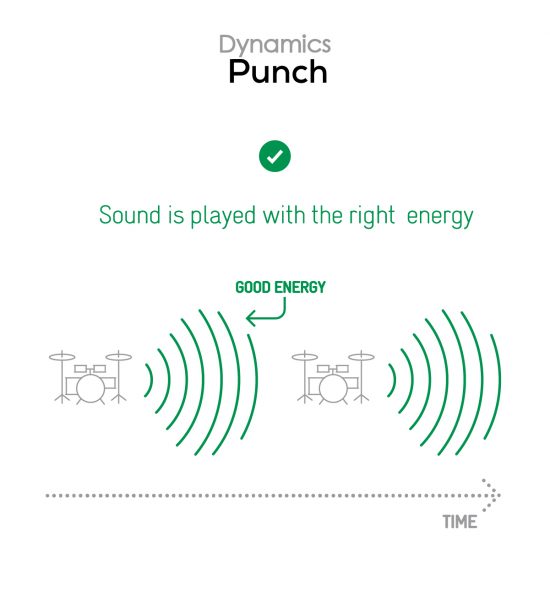
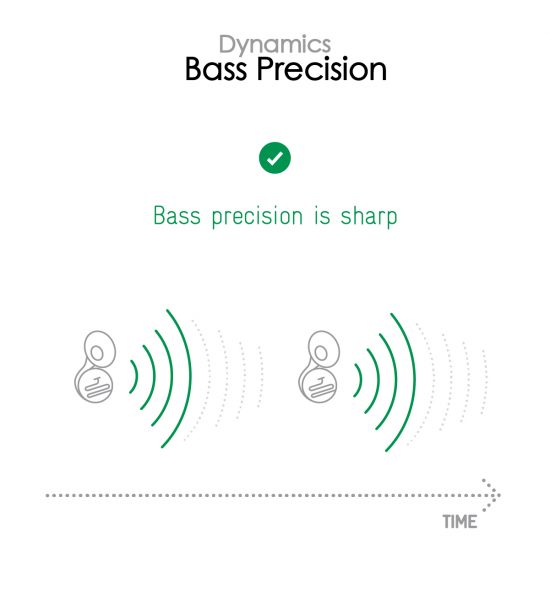

Spatial
Motorola Edge 30 Pro
162
The sub-attributes for spatial tests include pinpointing a specific sound's location, its positional balance, distance, and wideness.
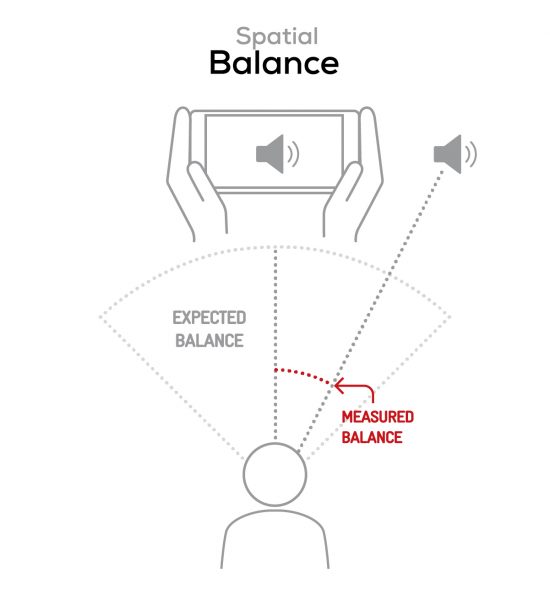
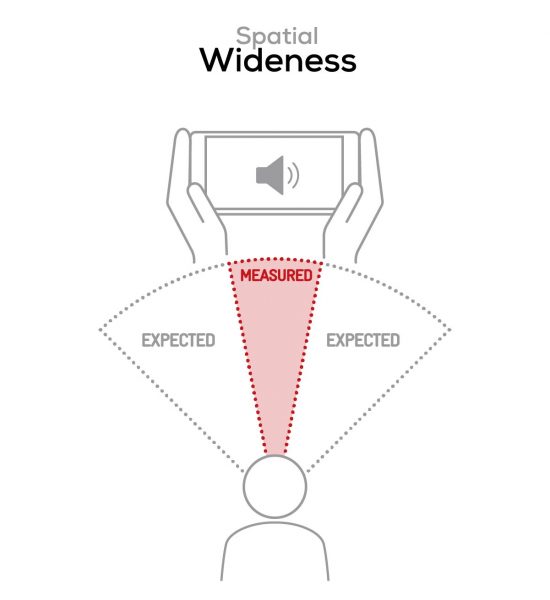

Volume
Motorola Edge 30 Pro
162
The Volume score represents the overall loudness of a smartphone and how smoothly volume increases and decreases based on user input.
| Hip-Hop | Classical | |
| Motorola Edge 30 Pro | 76 dBA | 67 dBA |
| OnePlus 10 Pro | 73.9 dBA | 70.8 dBA |
| Samsung Galaxy S22 (Exynos) | 73.8 dBA | 68.7 dBA |

Artifacts
Motorola Edge 30 Pro
157
The Artifacts score measures the extent to which the sound is affected by various types of distortion. The higher the score, the less the disturbances in the sound are noticeable. Distortion can occur because of sound processing in the device and because of the quality of the speakers.
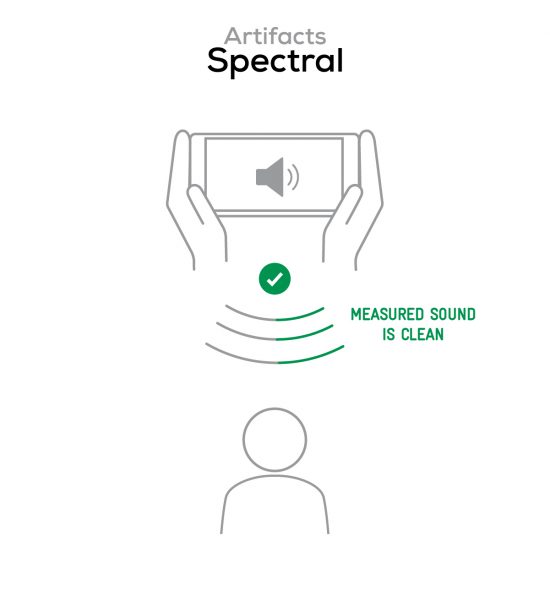
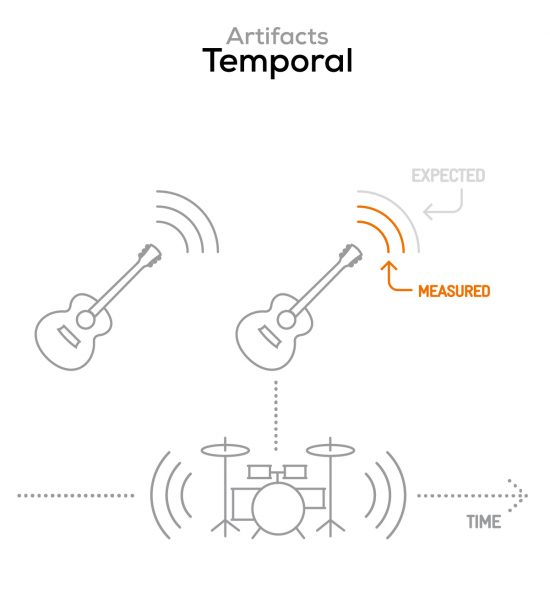
Recording
Motorola Edge 30 Pro
160
DXOMARK engineers test recording by evaluating the recorded files on reference audio equipment. Those recordings are done in our labs and in real-life conditions, using default apps and settings.
As a recording device, the Motorola Edge 30 Pro scored 52 points, close to the bottom of the table in our Ultra-Premium database. Overall and across most attributes, the device produces better recordings in quiet environments using the memo recording application. Used in urban environments, video recordings lack high-end extension, treble is small and sibilant, and the midrange is full of resonances and can sound boxy and nasal. The level of background noise seems to have a big effect on the quality of midrange. The memo app produces a better high-end extension, even though treble still sounds small and tends to be slightly sibilant. The signal-to-noise ratio (SNR) performance depends on how the device is being used. It works fairly well with the memo app, and also fairly well when shooting video in quiet environments, such as at home. In urban settings, SNR reduces the background but at the cost of the quality of the resulting audio, which is impaired by phasing issues. In terms of dynamics, recordings made with the memo app are slightly better than when made when shooting video. Those recordings have a very average envelope, generally lacking sharpness, largely because of the recordings’ poor tonal balance. Localizability in recordings is very limited in every use case, regardless of the app being used. The wideness of the recordings is very narrow. Distance is average, and even slightly too distant sounding when the background level rises. The level of volume captured in of the Edge 30 Pro recordings is average. In terms of artifacts, the first to be noted and the worst is the result of the poorly tuned noise reduction. When recording memos in louder environments, voice content becomes almost robotic sounding because of that ill-tuned noise reduction. As for background, tonal balance is unnatural, and the more it is affected by the noise reduction, the more robust the artifacts produced, making it sound phasy and inconsistent.
Here is how the Motorola Edge 30 pro performs in recording use cases compared to its competitors:

Timbre
Motorola Edge 30 Pro
147
The Timbre score represents how well a phone captures sounds across the audible tonal range and takes into account bass, midrange, treble, and tonal balance. It is the most important attribute for recording.

Dynamics
Motorola Edge 30 Pro
146
The Dynamics score measures the accuracy of changes in the energy level of sound sources, for example how precisely a voice's plosives (the p's, t's and k's, for example) are reproduced. The score also considers the Sound-to-Noise Ratio (SNR), for example how loud the main voice is compared to the background noise.
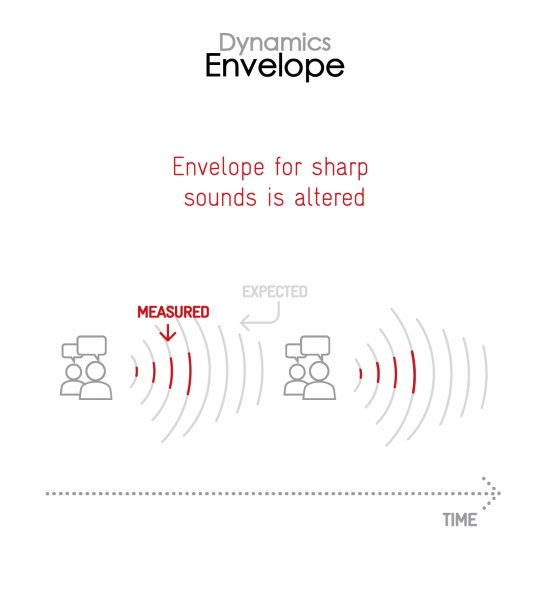
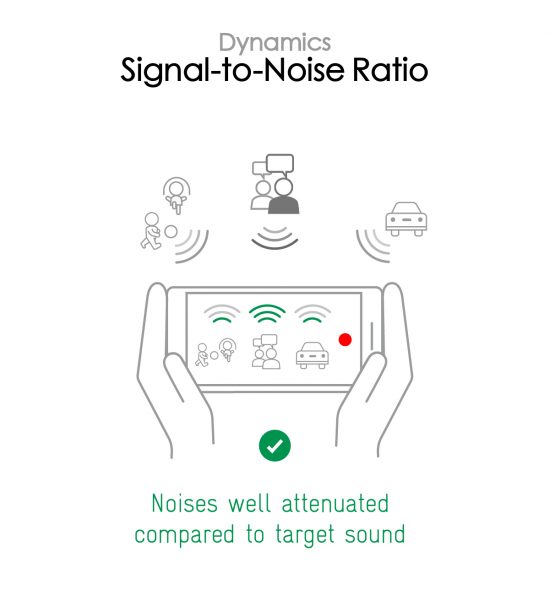

Spatial
Motorola Edge 30 Pro
159
The sub-attributes for spatial tests include pinpointing a specific sound's location, its positional balance, distance, and wideness on the recorded audio files.
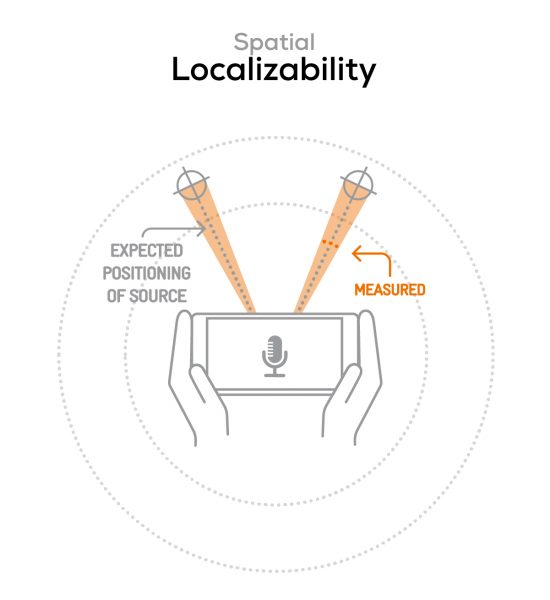
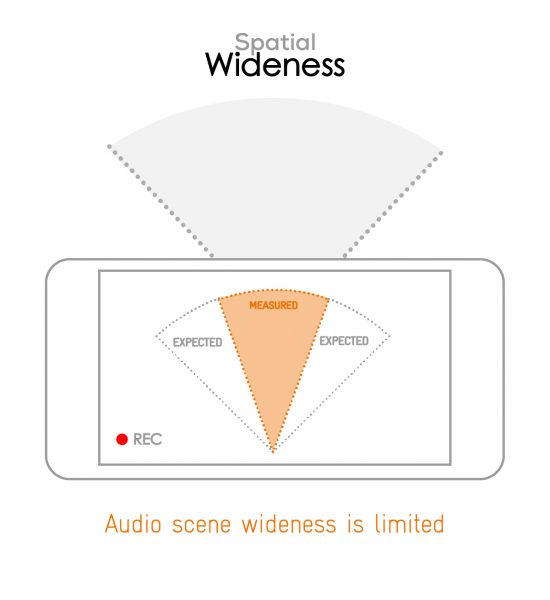

Volume
Motorola Edge 30 Pro
170
The Volume score represents how loud audio is normalized on the recorded files and the how the device handles loud environments, such as electronic concerts, when recording.
| Meeting | Life Video | Selfie Video | Memo | |
| Motorola Edge 30 Pro | -28.3 LUFS | -27.8 LUFS | -25.9 LUFS | -25.5 LUFS |
| OnePlus 10 Pro | -20.7 LUFS | -17.8 LUFS | -16.6 LUFS | -15.7 LUFS |
| Samsung Galaxy S22 (Exynos) | -28.9 LUFS | -21.4 LUFS | -21.2 LUFS | -24.2 LUFS |

Artifacts
Motorola Edge 30 Pro
145
The Artifacts score measures the extent to which the recorded sounds are affected by various types of distortions. The higher the score, the less the disturbances in the sound are noticeable. Distortions can occur because of sound processing in the device and the quality of the microphones, as well as user handling, such as how the phone is held.

Background
Motorola Edge 30 Pro
166
Background evaluates how natural the various sounds around a voice blend into the video recording file. For example, when recording a speech at an event, the background should not interfere with the main voice, yet it should provide some context of the surroundings.
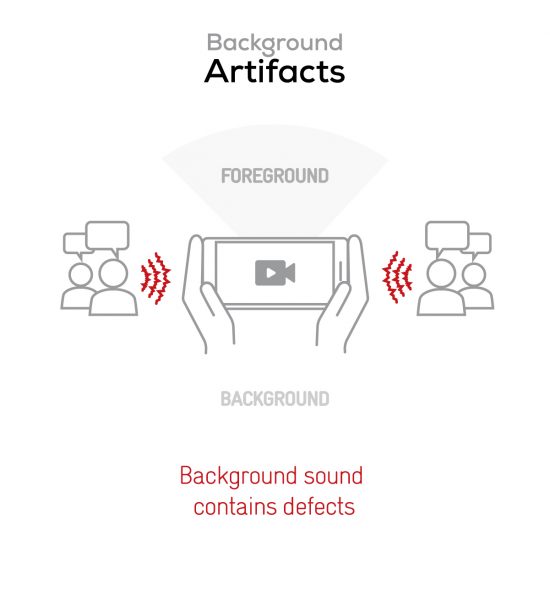
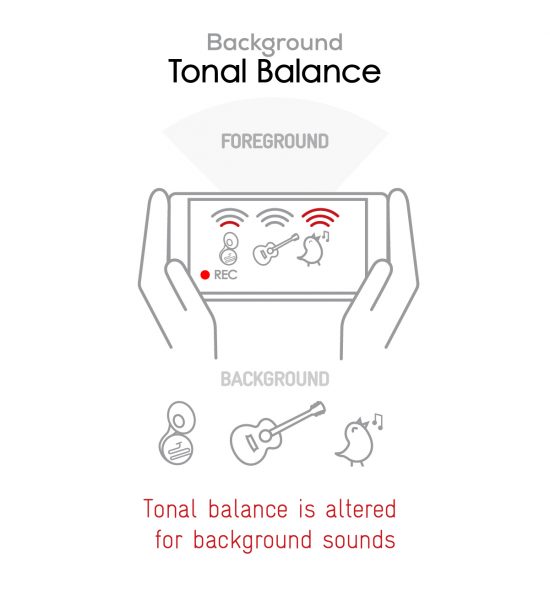


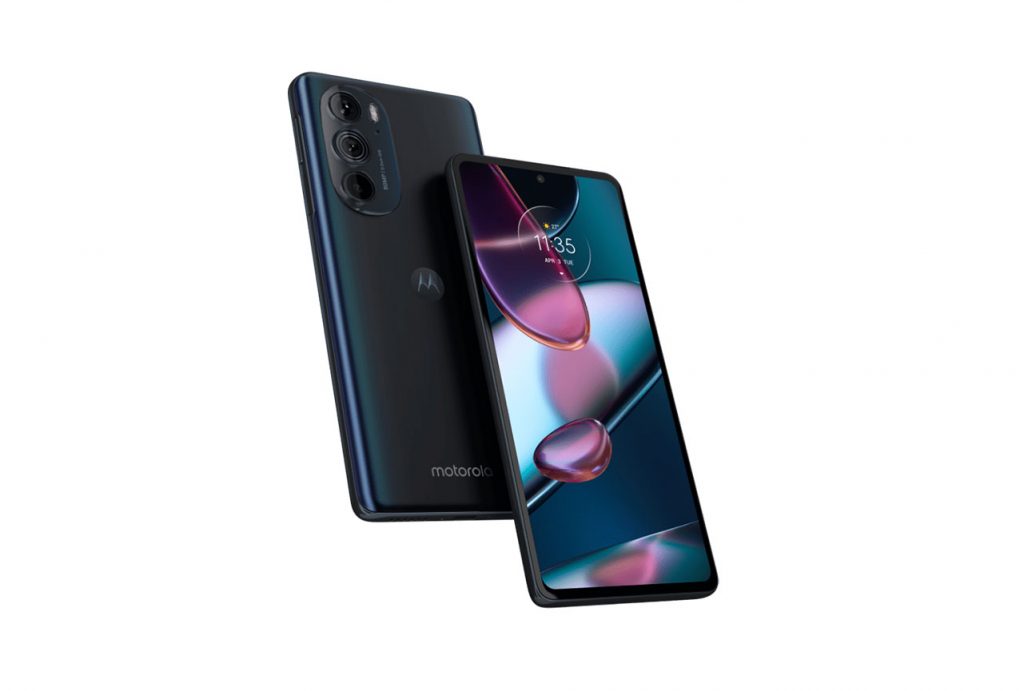
DXOMARK encourages its readers to share comments on the articles. To read or post comments, Disqus cookies are required. Change your Cookies Preferences and read more about our Comment Policy.